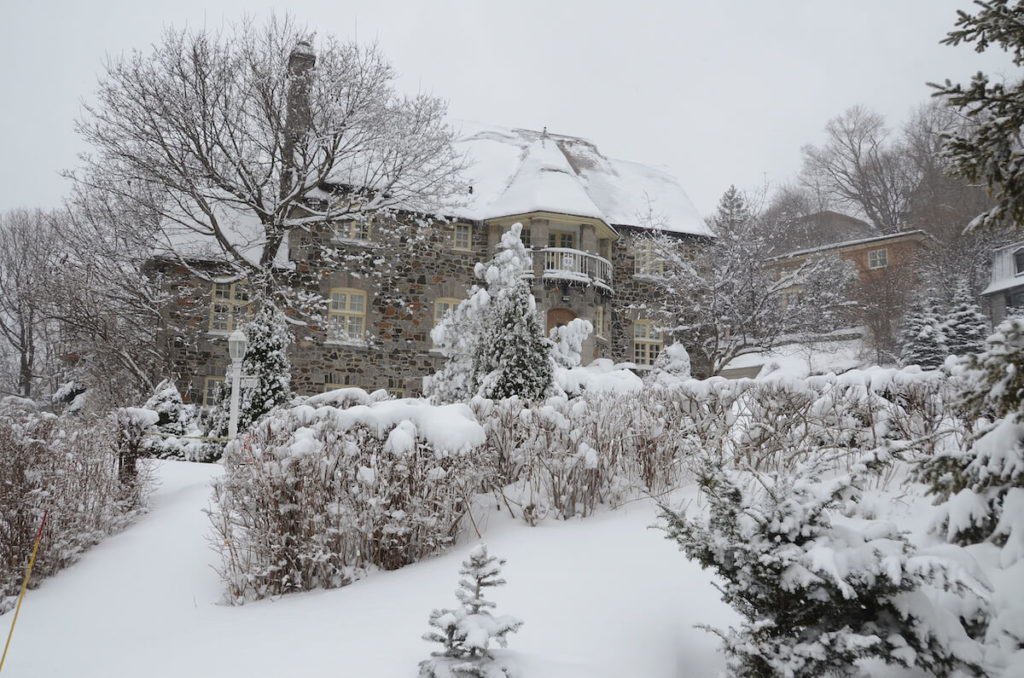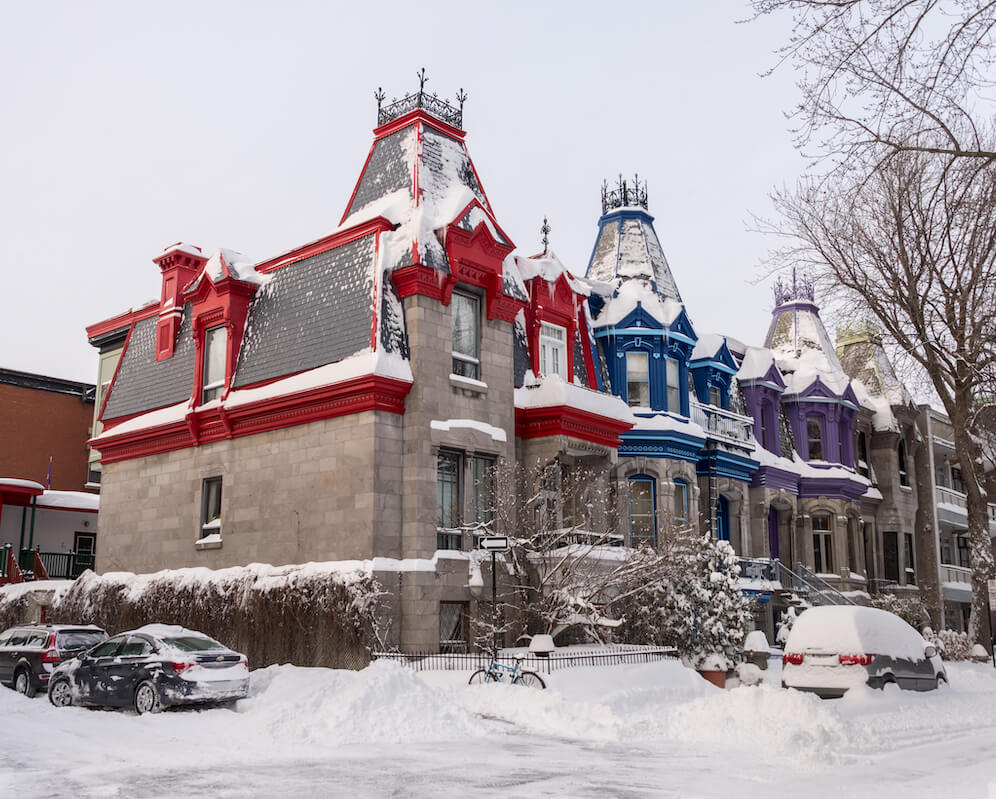Protect Your Investment! How to winterize your home
November 15, 2019 Home Maintenance

As temperatures begin to dip (drastically), your home will require maintenance to keep it in optimum shape throughout the season. From the furnace to the gutters to the landscaping—and many places in between—winterizing helps protect your investment while keeping you comfortable. You can take many steps to winterize your home.
1. Furnace Inspection
Your first order of business is to call a professional to inspect your furnace and clean ducts. It’s also a good idea to stock up on furnace filters and change them monthly. If your home is heated by a hot-water radiator, bleed the valves by opening them slightly and when water appears, close them. Remember to remove all flammable material from the area surrounding your furnace.
2. Check the Exterior, Doors, and Windows
This step is critical for your health and safety. Inspect the exterior for crevice cracks and exposed entry points around pipes; seal them. Use weatherstripping around doors to prevent cold air from entering the home, and caulk windows. If your home has a basement, consider protecting its window wells by covering them with plastic shields. Remove summer screens.
3. Inspect Roof, Gutters, and Downspouts
Adding extra insulation to the attic will prevent warm air from creeping to your roof and causing ice dams. Check flashing to ensure water can’t enter your home. Consider replacing worn roof shingles or tiles. Make sure to keep receipts for the resell of your home. Clean out the gutters and use a hose to spray water down the downspouts to clear away debris.
4. Service Weather-Specific Equipment
These measures help you keep tools ready when you will inevitably need them. Service or tune-up snow blowers. Replace worn rakes and snow shovels. Sharpen ice choppers and buy bags of ice-melt or sand. For equipment that you use in the other seasons, like a lawn mower, make sure to drain the gas to avoid rust.
5. Check Foundations
Rake away all debris and edible vegetation from the foundation. Seal up entry points or cracks to keep small animals from crawling under and into the house. Mice can slip through space as thin as a dime. Secure crawlspace entrances.
6. Prevent Plumbing Freezes
Locate your water main in the event you need to shut it off in an emergency. Drain all garden hoses. Insulate exposed plumbing pipes. Drain air conditioner pipes, and if your AC has a water shut-off valve, turn it off. If you go on vacation, leave the heat on, set to at least +14 degrees.
7. Prepare Landscaping and Outdoor Surfaces
Trim trees if branches hang too close to the house or electrical wires. Seal driveways, brick patios, and wood decks. Remember to move sensitive potted plants indoors or to a sheltered area. You can also plan ahead for spring. Plant spring flower bulbs and lift bulbs that cannot winter over, such as dahlias, in areas where the ground freezes.
8. Prepare an Emergency Kit
Predicting a long winter. Buy indoor candles and matches or a lighter for use during a power outage. Buy a battery backup to protect your computer and sensitive electronic equipment. Store extra bottled water and non-perishable food supplies (including pet food, if you have a pet), blankets, and a first-aid kit in a dry and easy-to-access location.
Now, not only are you prepared but you’ve also unknowingly covered all the important bases as you should every year to maintain your home and ultimately your investment!
Article courtesy of The Balance.

What are your real estate goals for the new year? Whether you have questions about your home or if you’d like to discuss your next move, I look forward to hearing from you.
[maxbutton id=”3″ ]
Back to News
Blog Search
Topics
- Achat (108)
- Buying (127)
- For Rent (10)
- Fundraiser (2)
- Giveaways (6)
- Holidays (11)
- Home Maintenance (29)
- loué (6)
- Marché (47)
- Market (83)
- Mortgage (4)
- New Listing (8)
- Non classifié(e) (33)
- Renovations (3)
- Selling (27)
- Uncategorized (32)
- Vente (20)

